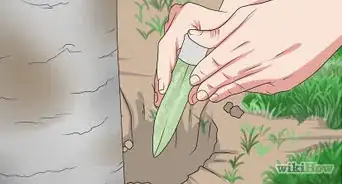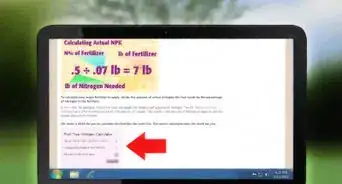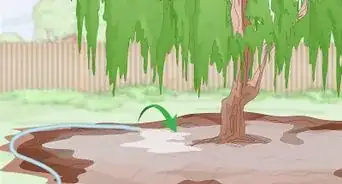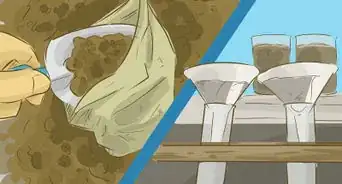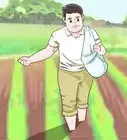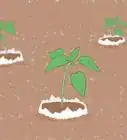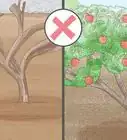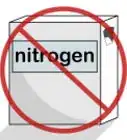wikiHow is a “wiki,” similar to Wikipedia, which means that many of our articles are co-written by multiple authors. To create this article, 11 people, some anonymous, worked to edit and improve it over time.
This article has been viewed 76,330 times.
Learn more...
Vermicast is an organic/natural fertiliser that is created by using composting earthworms. These earthworms are placed in a container which is filled with compost. The worms make their way through the food and excrete what we call Vermicast. Vermicast enriches the soil and helps to ensure that plants receive all the nutrients they need to grow successfully. Vermicast renews the soil and is used as a natural fertiliser. It is made by recycling organic waste which is transformed into natural fertilizer by using earth worms. The process of how these worms are utilized will be explained below. The process uses a variety of left over products such as vegetable cuttings and manure from cattle, pigs, dogs and chickens.
Steps
-
1Set up a feeding system.
- Wind Row System. Place food on the right hand side of the row and keep it moist. Scrape vermicast off the opposite side because the worms will gravitate towards the direction that you feed them on. Therefore, you are able to remove the vermicast from the left and it won't contain any of the worms.
- Pond System. Start at the bottom-15 centimeter (5.9 in) compost. Keep adding 15 centimeter (5.9 in) compost at a time till pond is full. Remove whole pond to wash.
- Wind Rows Undercover. Food is placed on front and kept moist. Vermicast is scraped off the opposite side. Feed from the front, worms keep moving forward so what you remove from the back won't contain any of the worms. This is usually done in sheds and on a smaller scale.
-
2Once the earth worms have eaten all the food given then the following steps will be taken:Advertisement
-
3Washing Worms. This step occurs more so in the pond system however some worms are taken in the wind row system during the collection of the vermicast. Vermicast and worms mixed together in a tank of water, it is stirred, the worms are separated to the outside. Once everything is mixed up, the vermicast is suspended in the water and the worms disperse to the outside of the tank which are then caught in the nets.
-
4Catching Worms. Worms are caught and placed in into buckets.
-
5Sieving Out Undigested Compost. Undigested compost is taken out with any worms that are left over. There may also be worm eggs which will need to be taken out as well.
-
6Collecting Vermicast. Vermicast settles towards the bottom of the tank and water drains off.
-
7Leave the vermicast to dry out.
-
8Worm Wash. Liquid left over-can be used as liquid fertiliser.
-
9Worms After Wash. Undigested compost and the worms are placed on a netting on top of fresh compost. The worms will move into the compost leaving the undigested compost which you can then remove.
Community Q&A
-
QuestionHow long should the compost stand for proper decomposition?
 NinoxTop AnswererYou can start using compost after 1 month, but if you wait 2 months it will be better for the plants.
NinoxTop AnswererYou can start using compost after 1 month, but if you wait 2 months it will be better for the plants. -
QuestionCan someone tell me if is there a way to produce vermicast faster than these steps?
 NinoxTop AnswererIt's difficult to produce vermicast fast because the worms eat at their own pace. You can stimulate the appetite of worms by raising the temperature to 20°C (68°F).
NinoxTop AnswererIt's difficult to produce vermicast fast because the worms eat at their own pace. You can stimulate the appetite of worms by raising the temperature to 20°C (68°F). -
QuestionWhat is rationale of vermicast production?
 NinoxTop AnswererBy doing vermicast, you can produce compost to fertilize your plants and reduce the volume of garbage produced.
NinoxTop AnswererBy doing vermicast, you can produce compost to fertilize your plants and reduce the volume of garbage produced.
Warnings
- Do not feed the composting earthworms citrus fruit.⧼thumbs_response⧽
- Do not store the vermicast in the sunlight.⧼thumbs_response⧽
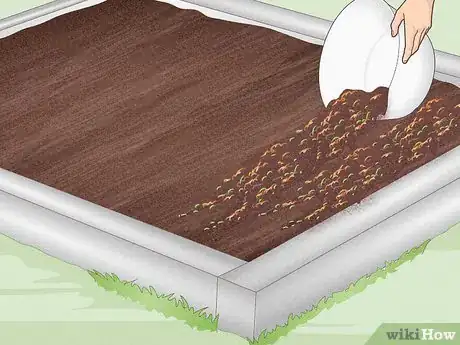
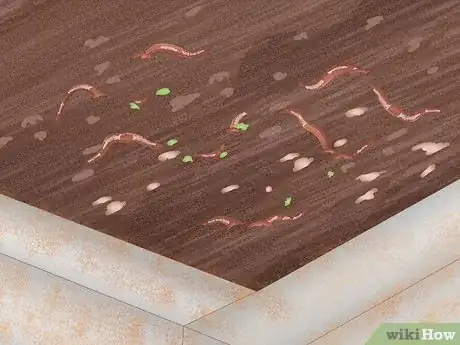
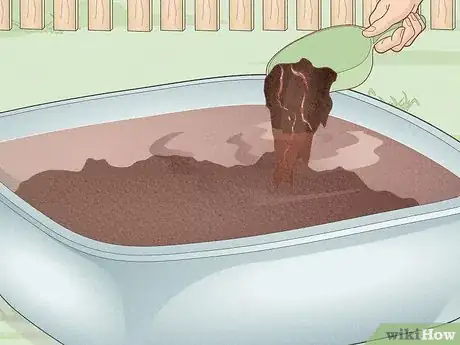
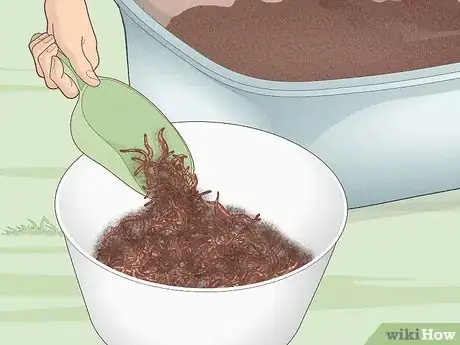
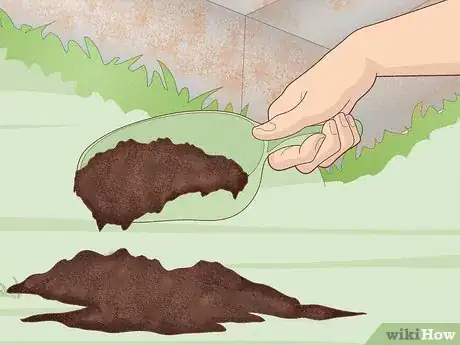
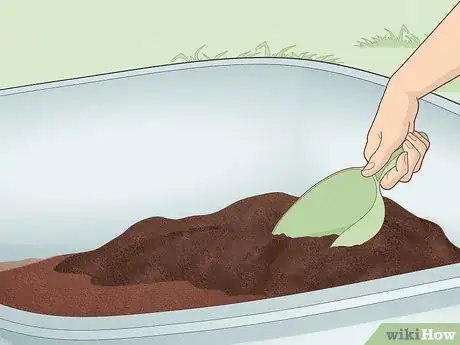
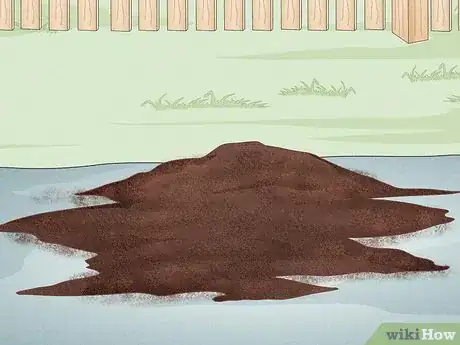
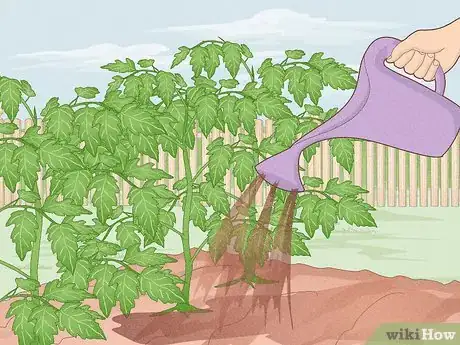
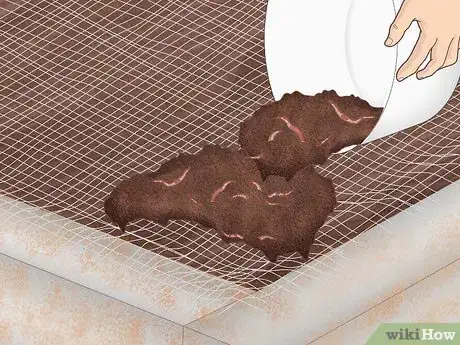
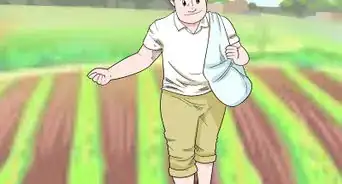
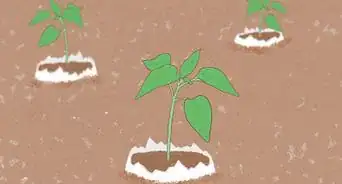
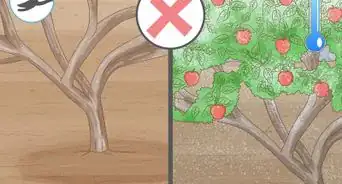
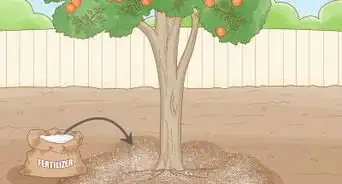
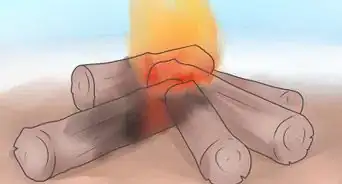
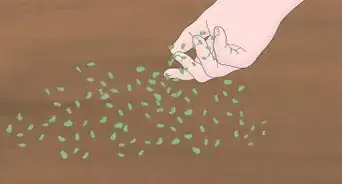
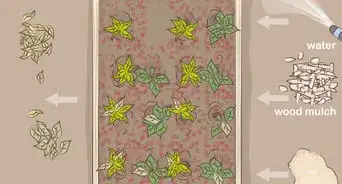
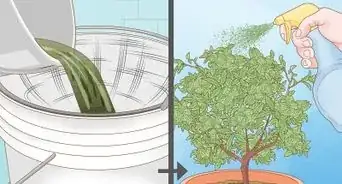
-Step-10-Version-3.webp)
